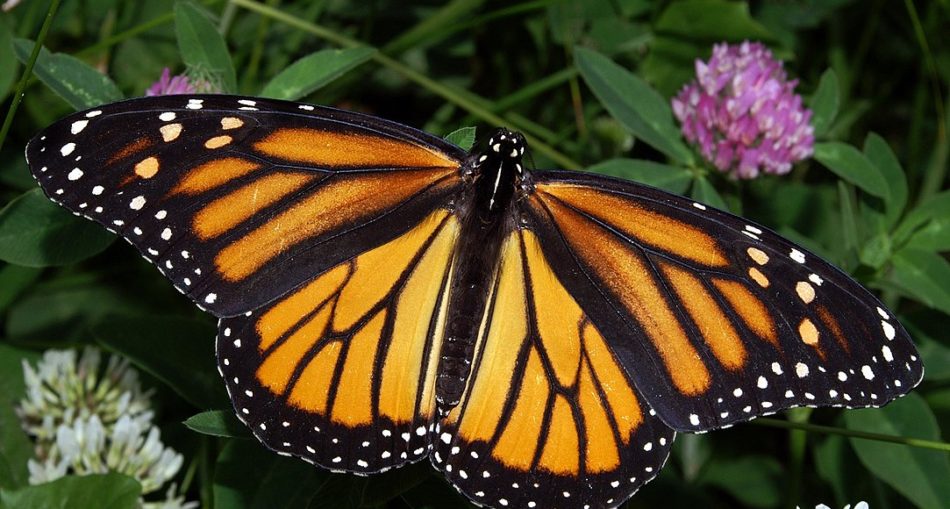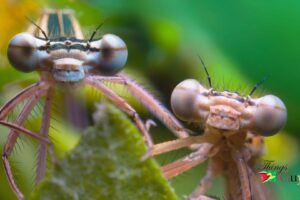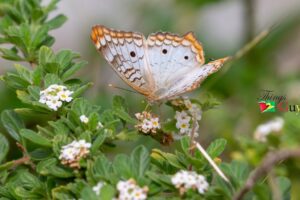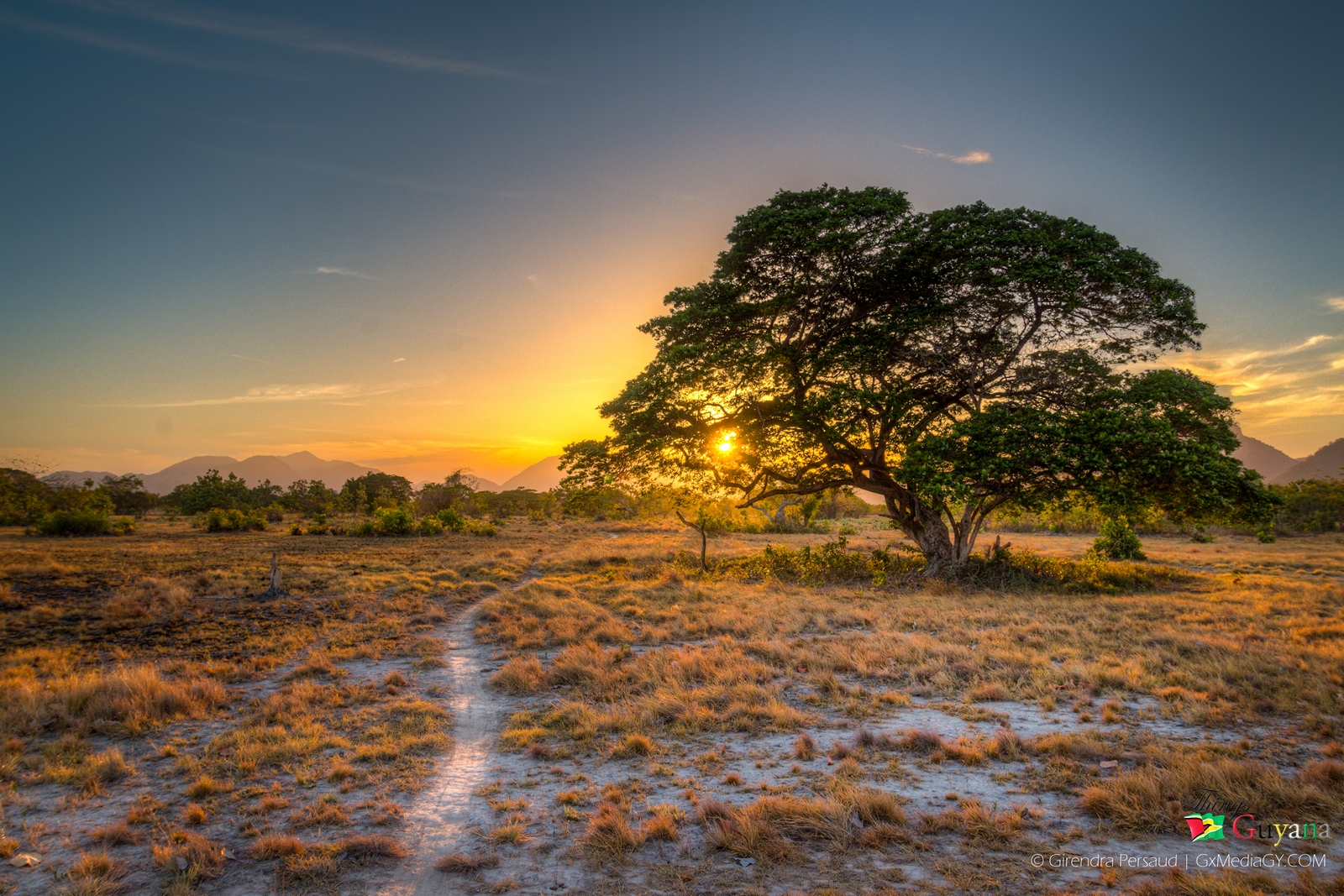You will most often find these delicate creatures flitting about, only to briefly landing before fluttering away again. The Monarch butterflies are easily recognized by their enthralling beauty and vibrant orange and black wings. The Monarch Butterfly is one of the most common of these insects in Guyana and around the world. While the scientific name of the Monarch Butterfly is Danaus plexippus, they are also known as the black-veined brown, common tiger, milkweed, simply the monarch. This is the only known species of migratory butterflies. As the weather grows cold and winter settle in, Monarch butterflies migrate south to warmer places. Some of the places you can find the Monarch butterflies are Mexico, Guyana, Cuba and the Caribbean Islands.
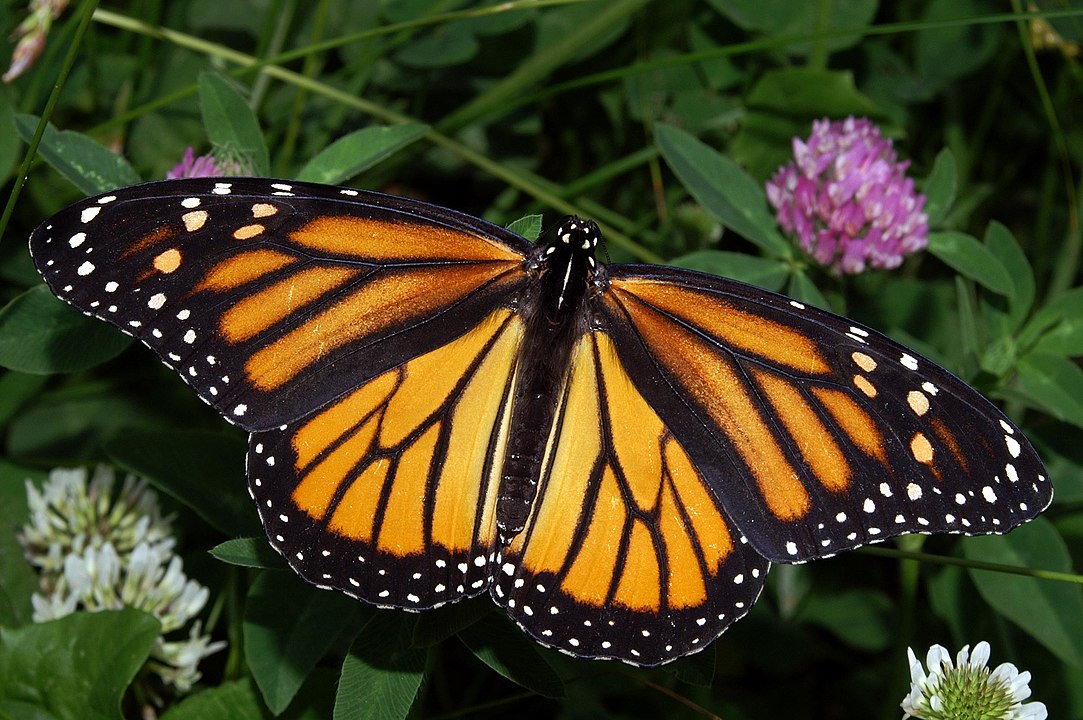
The Monarch Butterfly – Photo By Kenneth Dwain Harrelson, CC BY-SA 3.0, https://commons.wikimedia.org/w/index.php?curid=14917505
Identifying The Monarch Butterfly
- Wings – As in the case of any butterfly, one of the most distinguishing features of the insect is its wing. The wings of the Monarch Butterfly are typically about three and a half (3 1/2) to four (4) inches wide, with the upper half being wider. The undersides of its wings are similar in pattern but the tips of the wings are yellowish-brown compared to the bright orange of the topsides.
- Colour – The colour of its wings is orange with a few different shades on its body. The orange is lined with delicate black stripes and the edges are dotted in white. Male and female monarchs are very similar however the females have thicker black veins on their body.
- Body – Male and Female Monarch butterflies have similar shapes and size of thorax.
Scientific Classification of The Monarch Butterfly
The Monarch Butterfly – Danaus plexippus [Scientific name]
- Kingdom: Animalia
- Phylum: Arthropoda
- Class: Insecta
- Order: Lepidoptera
- Family: Nymphalidae
- Genus: Danaus
- Species: D. plexippus
Habitat Of The Monarch Butterfly
The Monarch Butterfly tend to inhabit the coastal areas in fields, pastures and some suburban areas. The butterfly is a migratory creature and so their place of habitats depend on the season. As north gets colder, Monarchs travel south for warmer weather. However, anywhere they migrate must have their most suitable host plant, milkweed also known as sweet sage in Guyana.
Behaviour of the Monarch Butterfly
The Monarch Butterfly is the only one of its kind that migrates. At the end of the fall, Monarch butterflies head south to avoid the cold in North America and Canada. Most of them stop in Mexico to weather the winter but some venture further south to South America and the Caribbean Islands.
Diet & Feeding of The Monarch Butterfly
While the diet of the adult Monarch Butterfly consists mainly of the nectar of plants they prefer the milkweed plants locally known as sweet sage. The young larva of Monarch butterflies first consumes its egg casing, then the middle of leaves, nibbling along the edges of leaves until finally, they are able to eat an entire leaf in a day.
Reproduction of The Monarch Butterfly
The Monarch butterflies, adults reach maturity in about four to five (4-5) days and live for two to five (2-5) weeks during their breeding season. Both male and female are able to mate more than once. The female who mates a few times usually lays more eggs. The reproduction of the Monarch Butterfly entails courtship, like birds. Often the male chases the female butterfly who is sometimes forced to land, after which copulation occurs.
Life Cycle of The Monarch Butterfly
The number of egg produced by a butterfly depends on its size and age with the average number ranging from two hundred ninety (290) to one thousand one hundred and eighty (1180). Eggs are laid individually under the leaves of plants, typically the milkweed plant. They are either cream or light green in colour and ovate. The eggs develop in about three to eight days, after which they hatch into larvae. The larvae or caterpillar undergo five (5) stages of development also known as instars.
Larva
- First instar – The first larvae that make an appearance is relatively indistinguishable, being translucent with no visible stripes or tentacles. The creature, now about two to six (2-6) mm begins feeding first on it egg case the nearest leaf.
- Second instar – At this stage the larvae begins to resemble the Monarch butterfly, acquiring bands of white, yellow and black. It has tiny hairs and grows four black tentacles; a pair on both ends of its abdomen. The larva is typically about six (6) mm to one (1) cm long at this stage.
- Third instar – At the third larval stage, the bands of colours are distinguishable. Tentacles grow longer and legs are separated; the larger ones remain at the bottom of its thorax while the smaller pairs reaches near the head. Size is typically one to one and a half (1-1 1.2) cm in length.
- Fourth instar – The pattern of the band changes and white spots on its legs develop. At this point in its life cycle, the larva is about one and a half to two and a half cm (1.5 – 2.5) long.
- Fifth instar – The banding patterns becomes more complicated and white dots appear on all its prolegs. The length of the caterpillar is about two and a half to four and a half cm and it has the ability to eat a large leaf within a day.
Pupa
The various larvae stages are followed by the pupa or chrysalis stage. The caterpillar selects a safe space and begins spinning a pad, facing downward. It attaches itself by its last hindlegs and goes into peristalsis after about twelve to sixteen (12-16) hours. The skin behind its head then splits following by the shedding of the entire skin. A green chrysalis is revealed with a gold and black rim close to the top and golden dots at the bottom. The exoskeleton solidifies and hardens after a day. The size of the Monarch Butterfly during the pupa stage, it is about two and a half (2.5) cm long and ten to twelve (10-12) mm wide, with an approximate of one point two (1.2) grams. The adult butterflies form inside the chrysalis which becomes blue when it’s close for the emergence of the insect. It becomes clear after about twelve hours, which reveals the Monarch butterfly and its black and orange colour set to soon emerge.
Adult
After two (2) weeks in the pupa stage, the adult Monarch butterfly materializes and hangs out until its wings are dried. Wings expand, dry and stiffen respectively as fluids are pumped into them. The Monarch butterfly stretches and retracts its wings. If conditions are favourable, takes flight in search of food.
Watch This! – The Life of Monarch Butterfly | Dominique Lalonde Films Nature
The Monarch Butterfly in Guyana
While the Monarch Butterfly is not the only species of butterflies in Guyana, it is among the most beautiful. Monarchs are the only migratory butterflies and are adept travellers braving the journey from the colder parts of the world to arrive south, in warmer weather. Apart from that, monarchs are native to Guyana where you can find them perched on the edges of leaves of the sweet sage plants they favour.
Article References
- https://en.wikipedia.org/wiki/Monarch_butterfly
- https://www.nationalgeographic.com/animals/invertebrates/m/monarch-butterfly/
- https://www.fs.fed.us/wildflowers/pollinators/Monarch_Butterfly/migration/index.shtml
- https://www.nwf.org/Educational-Resources/Wildlife-Guide/Invertebrates/Monarch-Butterfly#:~:text=As%20adults%2C%20monarchs%20feed%20on,their%20only%20caterpillar%20host%20plant.

